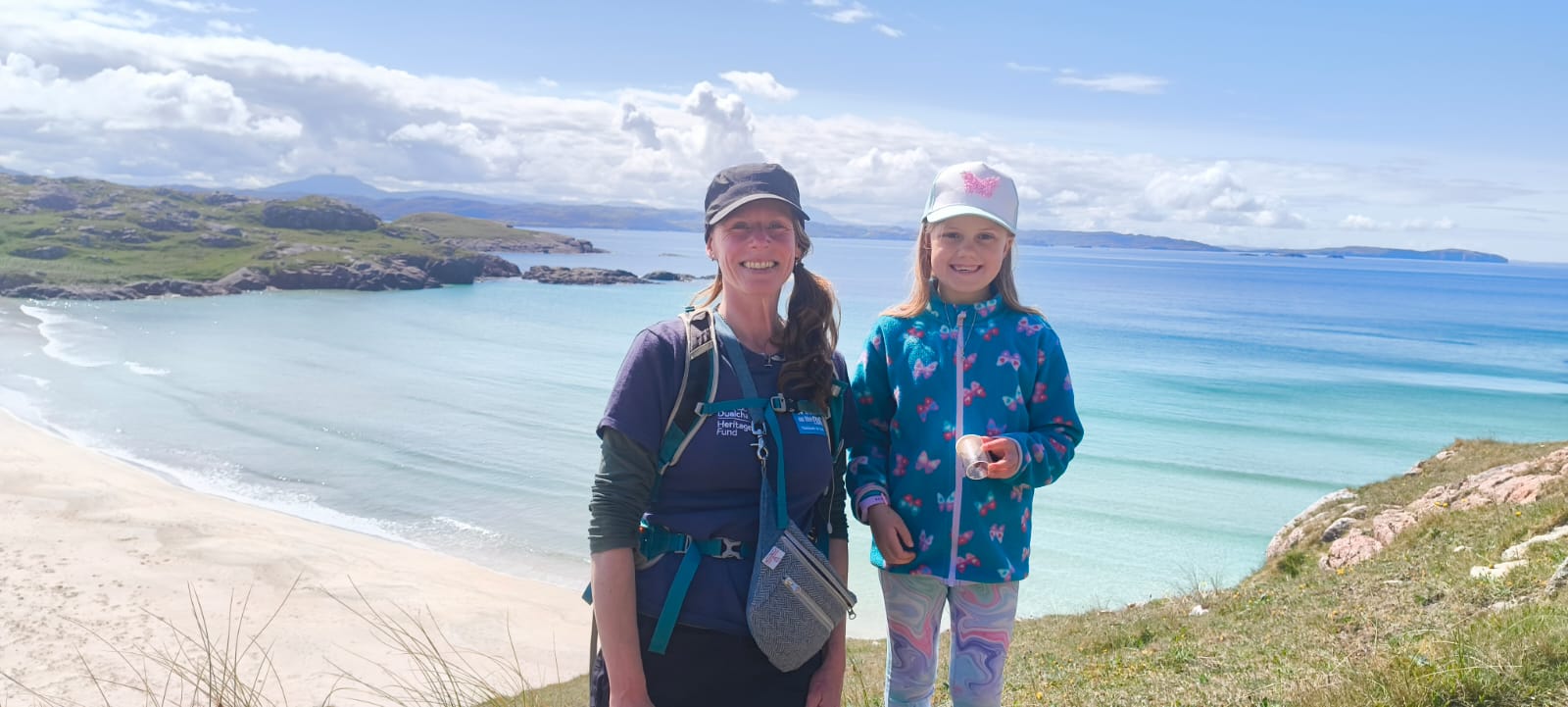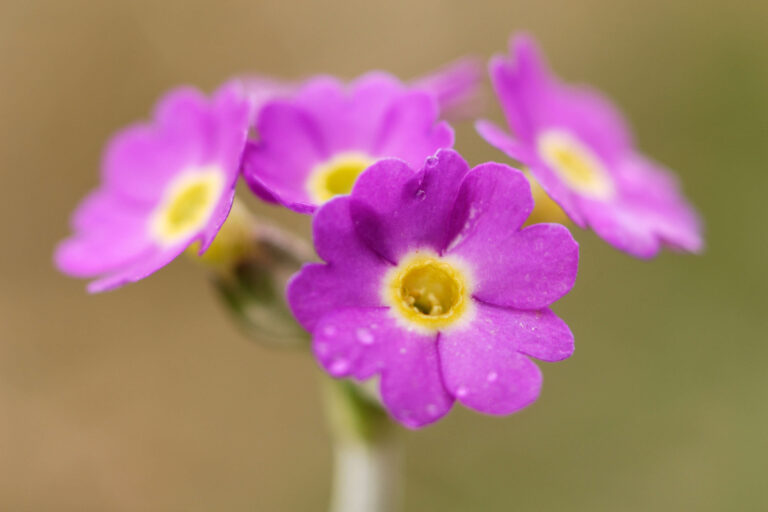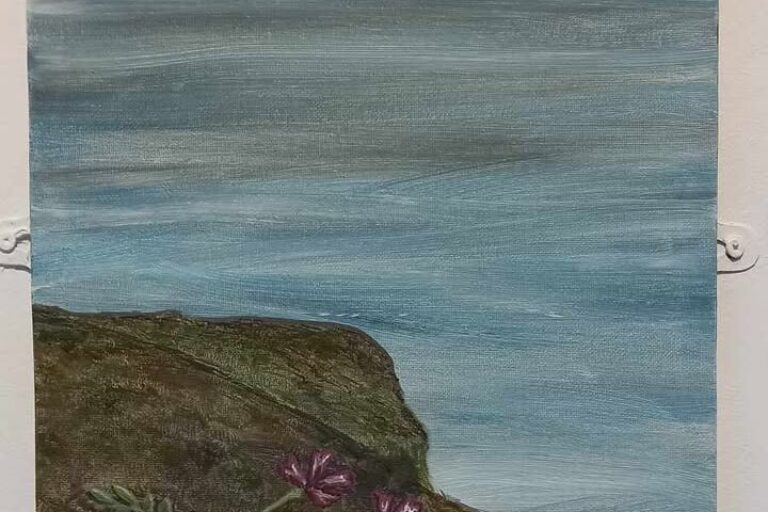
What better way to celebrate your 8th birthday than with a BeeWalk!
Megan and her family joined Species on the Edge North Coast Officer Louise on a BeeWalk when they were on holiday last year. They had such a good time that Megan opted to join us for another BeeWalk this year for her birthday treat!
She even invented a new word – vetching – for when a bumblebee is gathering pollen from vetch!
We saw garden bumblebee, common carder bee and the rare moss carder bee, plus moths, butterflies, damselflies and even a pod of dolphins!

What is a BeeWalk?
BeeWalk is a national recording scheme run by the Bumblebee Conservation Trust to monitor the abundance of bumblebees across the country. Volunteers play a vital role in helping us learn how bumblebees are doing – it’s a big country and we need your help!
Anyone can become a BeeWalker – all you need is some basic identification knowledge (don’t worry, there’s guidance and help available! We even have a bumblebee ID training session specific to Species on the Edge bumblebees that you can watch on YouTube here) and a spare few hours or so every month to walk a fixed route of around 1 to 2 km (you choose where it goes), and submit your sightings.
If you live in one of the Species on the Edge project areas, get in touch with your local team – they might be able to help you set up your own BeeWalk or they might have some guided BeeWalks coming up.
The information collected by BeeWalk volunteers is integral to monitoring how bumblebee populations change through time, and will allow us to detect early warning signs of population declines, as well as contributing to important long-term monitoring of bumblebee population changes in response to changes in land-use and climate change.
Depending on where you are, maybe you’ll spot one of our rare and vulnerable bumblebee species on the edge! Look out for the moss carder and the great yellow bumblebee!
How to become a BeeWalker
Step 1: Read the BeeWalk guidance manual then register as a BeeWalker on the BeeWalk website.
Step 2: Decide on your fixed route of around 1-2km and split it into at least 3 different sections. Use our Habitat and Land Use Site form (in the guidance manual), to note down the habitat type and land use for each section.
Step 3: Register your transect on www.beewalk.org.uk. We will email you once the transect is approved and ready for data submissions.
Step 4: Read the BeeWalk Health and Safety guide (in the guidance manual), download and print the Monthly recording form (in the guidance manual), then walk the same fixed route every survey month (March to October inclusive), year on year, recording the bumblebees you see. Note down unknown for any species or caste (queen, worker, male) you are unsure of, please don’t guess a species.
Step 5: Enter your records on the website www.beewalk.org.uk. Any bumblebees you aren’t sure of the species, can be submitted as Bumblebee/Bombus on the data entry page.
Find all the information on the BeeWalk website.



